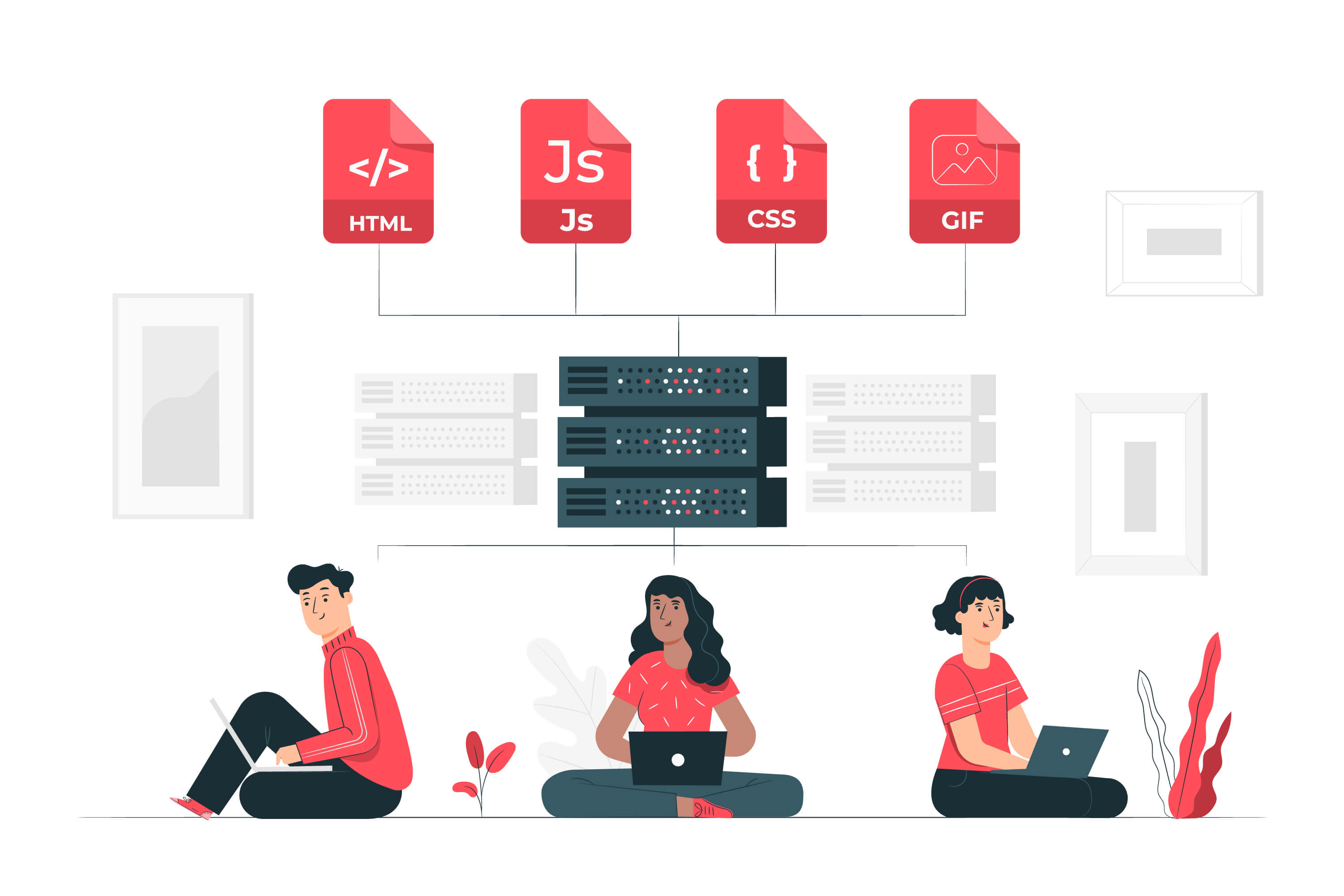


JavaScript is a versatile and widely used programming language that plays a pivotal role in web development. Initially developed to add interactivity to static HTML pages, JavaScript has evolved into a dynamic, client-side scripting language. It allows developers to create responsive and interactive user interfaces, enabling seamless communication with web browsers. JavaScript, a key component in contemporary web design, significantly enriches the user experience by introducing dynamic and interactive elements to websites. With its compatibility across different platforms and browsers, JavaScript has become an integral part of modern website development, facilitating tasks such as form validation, asynchronous data loading, and dynamic content updates. Its extensibility through frameworks like React, Angular, and Vue.js further enhances its capabilities, making JavaScript a fundamental tool for creating engaging and feature-rich web applications.
In this discussion, we will delve into the four fundamental data structures in JavaScript: Arrays, Objects, Sets, and Maps.
An array is a widely used and fundamental data structure in JavaScript that allows the storage of multiple values in a single variable. It is a collection of elements, each identified by an index or a key. Arrays can store various data types, including numbers, strings, and objects.
Declaration and Initialization:
Arrays come with built-in methods for easy manipulation, such as push() for adding elements to the end, pop() for removing elements from the end, shift() for removing elements from the beginning, and unshift() for adding elements to the beginning.
Objects in JavaScript are a key-value pairing data structure, allowing the creation of complex data models. Unlike arrays, objects are not ordered collections; instead, they use keys to access values. Keys are strings or symbols associated with specific values.
Declaration and Initialization:
Objects can store various data types, including numbers, strings, arrays, and even functions. They are dynamic, meaning properties can be added or removed during runtime.
Sets, introduced in ECMAScript 6 (ES6), are collections of unique values. They ensure that each element is distinct, eliminating duplicates. Sets provide methods for common set operations such as intersection, union, and difference.
Declaration and Initialization:
Sets are particularly useful when dealing with data that must be unique, like a collection of user IDs or distinct elements in a mathematical set. They offer methods for adding, deleting, and checking the existence of elements.
Maps, also introduced in ES6, are similar to objects in that they store key-value pairs. However, maps have a few distinctions that make them valuable in different scenarios. Unlike objects, maps allow any data type as a key and maintain the order of insertion.
Declaration and Initialization:
Maps provide methods for manipulation, such as set() for adding key-value pairs, delete() for removing entries, and get() for retrieving values based on keys.
The choice of a data structure depends on the specific needs of a task. Arrays are suitable for an ordered collection of elements, objects for representing entities with properties, sets for dealing with unique values, and maps for key-value pair associations with a guaranteed order. Understanding the nuances of each data structure is crucial for efficient and effective programming.
3 ways you can include JavaScript in your web projects are embedding it directly in HTML, linking it externally, or placing it inline in HTML attributes. In conclusion, a solid grasp of the four fundamental data structures in JavaScript—Arrays, Objects, Sets, and Maps—is essential for any developer. These structures provide the foundation for organizing and manipulating data in a variety of scenarios. Whether you are dealing with a list of items, modeling real-world entities, handling unique values, or establishing key-value associations with order, these data structures empower JavaScript developers to write clean, efficient, and scalable code. As you delve deeper into the world of JavaScript programming, mastering these fundamental data structures will significantly enhance your ability to design and implement robust solutions.
